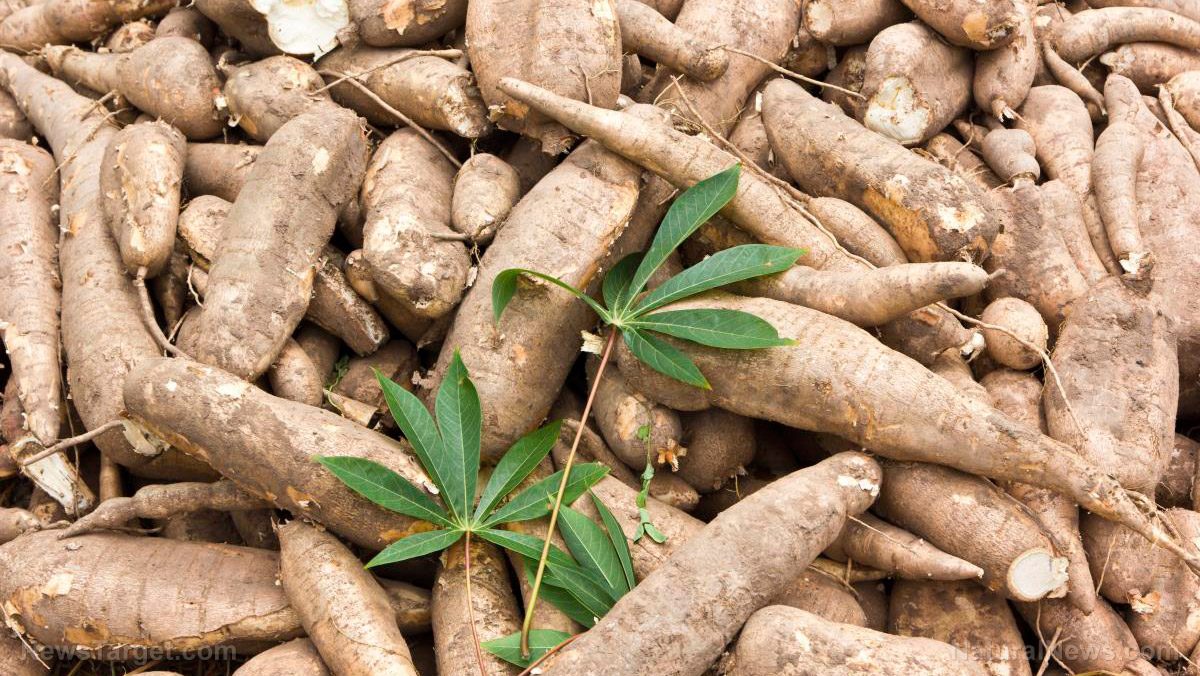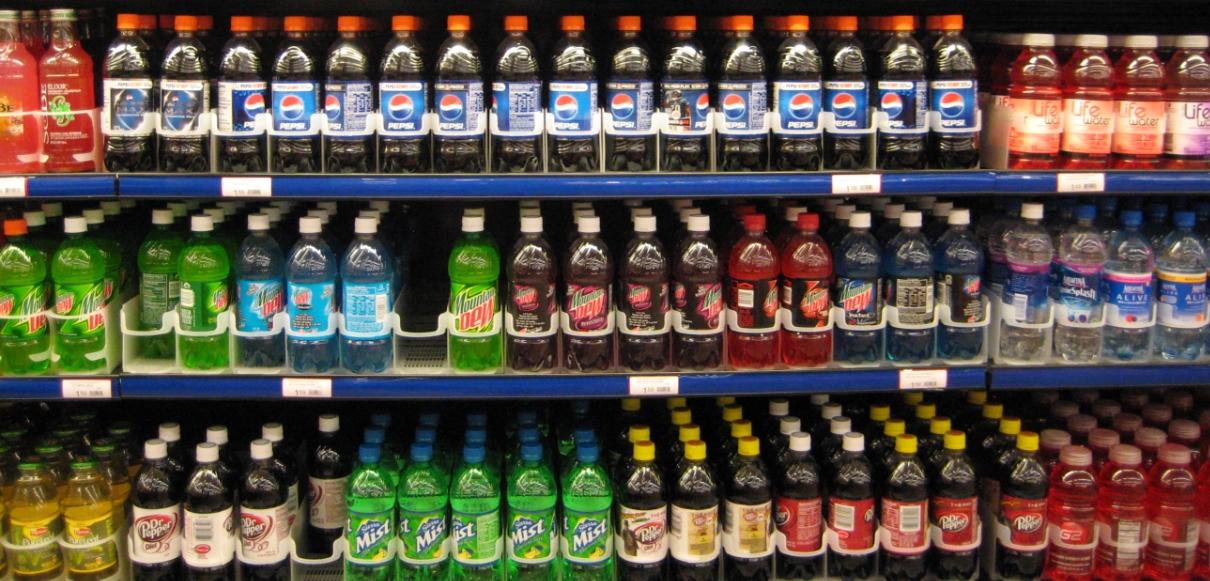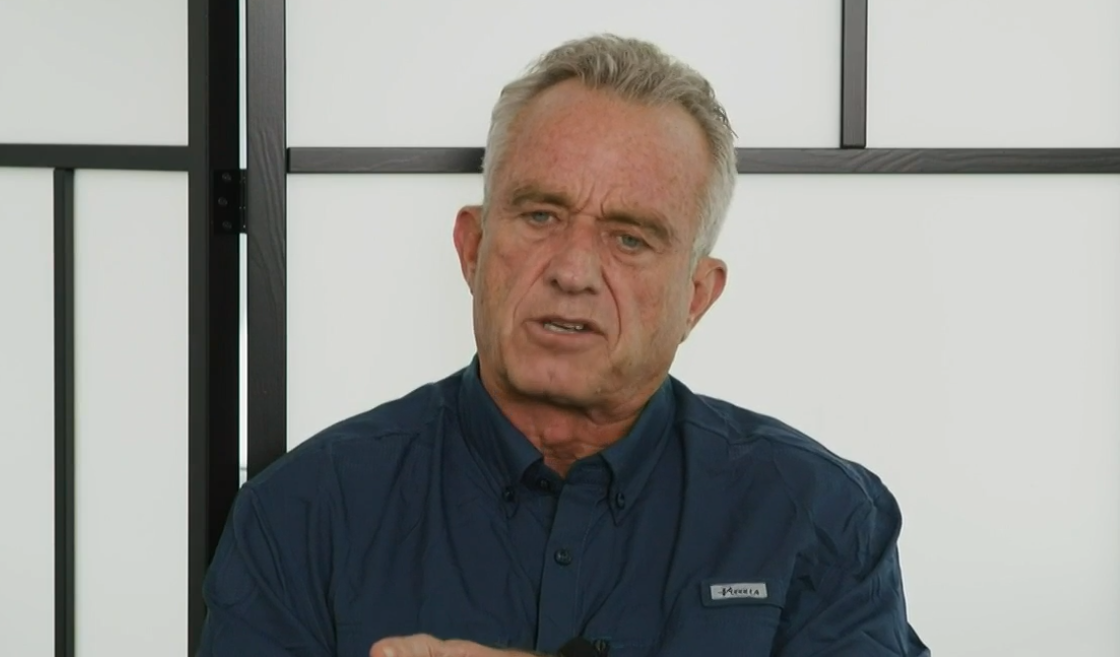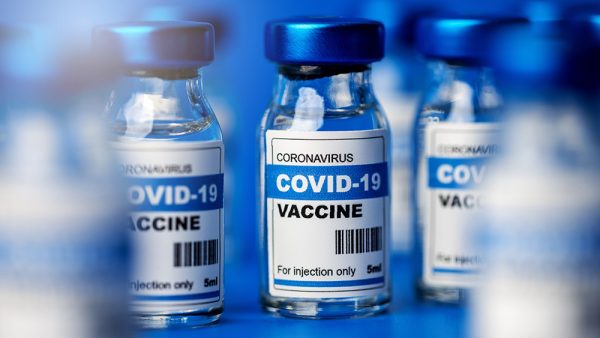 Parler
Parler Gab
Gab
- An investigation by Consumer Reports found dangerously high lead levels in cassava-based foods, with some products exceeding safety thresholds by over 2,000 percent.
- Chronic exposure to lead in cassava poses serious risks, especially for children (linked to neurological damage and learning disabilities) and pregnant women, as well as hypertension and kidney issues in adults.
- Cassava absorbs lead from soil, whether from natural deposits or industrial pollution, and processing it into flour concentrates the heavy metal. Top offenders included Bob's Red Mill Cassava Flour and Whole Foods' Cassava Chips.
- Conflicting safety standards (e.g., California's Prop 65 vs. FDA's looser limits) highlight the lack of consensus on "safe" lead levels. Some brands have reformulated products, while others argue lead in crops is unavoidable.
- Experts advise limiting cassava intake, choosing lower-lead alternatives (e.g., buckwheat, millet), diversifying diets and peeling whole cassava. Advocates demand stricter sourcing and transparency as the gluten-free market grows.
Why "safe" lead levels still put kids at risk
Lead exposure has been linked to neurological damage, learning disabilities and even autism in children, while adults face risks like hypertension and kidney damage. The debate over safe lead levels adds complexity. California's Proposition 65 – which sets a strict limit of 0.5 micrograms (mcg) per day – was designed for water, not food. The Food and Drug Administration's (FDA) interim reference level is higher – 8.8 mcg for adults. (Related: Major baby food brands exceed California lead limits, risking children's health.) But experts stress no amount of lead is truly safe. Some manufacturers argue lead is unavoidable in crops, while others like Thrive Market and MadeGood have reformulated or discontinued products in response to testing. Historically, lead contamination in food is not new. From lead-soldered cans to tainted spices, regulatory gaps have repeatedly left consumers vulnerable. Cassava's rise as a health food mirrors past trends where demand outpaced safety scrutiny. Tamara Rubin of Lead Safe Mama noted that cassava was a common culprit in childhood lead exposure cases she investigated. She was the one who alerted CR to the issue, leading the organization to launch its tests on the 27 products. For consumers, experts recommend limiting cassava intake, opting for lower-lead alternatives like buckwheat or millet and diversifying diets to mitigate risk. Peeling whole cassava can also reduce lead exposure. While the FDA monitors toxic elements in food, advocates argue stricter sourcing and transparency are needed. As the gluten-free market continues to grow, this investigation underscores a critical lesson: "Healthy" claims on food labels don't guarantee food safety. For now, vigilance and better regulation may be the best defense. Visit HeavyMetals.news for more similar stories. Watch Dr. Jane Ruby discussing lead contamination in the environment in this excerpt from the "Health Ranger Report." This video is from the Brighteon Highlights channel on Brighteon.com.More related stories:
Toxic superfood alert: Organic mangosteen powder found heavily contaminated with lead. Hidden dangers: Cocoa products found to be contaminated with high levels of cadmium and lead. Food Forensics exposes alarmingly high lead levels in breakfast cereals, supplements, spices and pet treats. Sources include: DailyMail.co.uk ConsumerReports.org FoodAndWine.com Brighteon.comNebraska makes history as first state to ban soda, energy drinks from food stamps
By Cassie B. // Share
Almond oil: A nutritious seed oil for your health and skin
By Laura Harris // Share
New study links mRNA vaccines to long-term thyroid risks, igniting safety debate
By Willow Tohi // Share
Governments continue to obscure COVID-19 vaccine data amid rising concerns over excess deaths
By patricklewis // Share
Tech giant Microsoft backs EXTINCTION with its support of carbon capture programs
By ramontomeydw // Share
Germany to resume arms exports to Israel despite repeated ceasefire violations
By isabelle // Share










